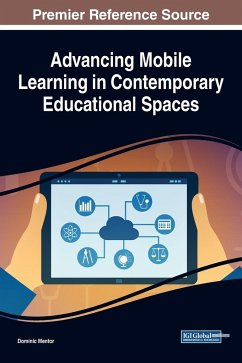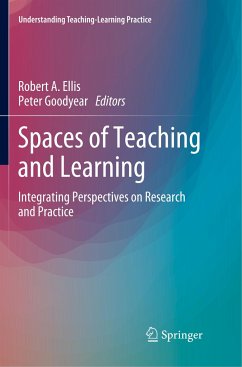
Addressing Sexting in Educational Spaces
Why Teenage Boys Sext

PAYBACK Punkte
16 °P sammeln!
This book highlights the findings from the largest study of its kind undertaken in the United Kingdom that investigated the behaviours, of teenage boys, as they reflect on the extent and motivations associated with the sending and receiving of self-generated sexual images and messages (sexting). Based on a cross-sectional research study that examined the sexting behaviour data of boys 14-18, this book allows the voice of the teenagers to be heard alongside the interpretation and consideration of qualitative data collected from the study and semi-structured interviews.The book attempts to answe...
This book highlights the findings from the largest study of its kind undertaken in the United Kingdom that investigated the behaviours, of teenage boys, as they reflect on the extent and motivations associated with the sending and receiving of self-generated sexual images and messages (sexting). Based on a cross-sectional research study that examined the sexting behaviour data of boys 14-18, this book allows the voice of the teenagers to be heard alongside the interpretation and consideration of qualitative data collected from the study and semi-structured interviews.
The book attempts to answer questions surrounding the prevalence of adolescent practice and the intersection between the individual and the contextual elements of sexting that effect motivation. Dr Needham examines the relationship between behaviour and sexual identity and the impact of age, ethnicity, relationships, pornography, and faith. The recommendations suggested challenge curriculum, policy and practice development relating to how teenage sexting is framed and proposes a new approach with a sexting typology that addresses the why behind the motivation to sext, rather than just examining the what of message content.
The book attempts to answer questions surrounding the prevalence of adolescent practice and the intersection between the individual and the contextual elements of sexting that effect motivation. Dr Needham examines the relationship between behaviour and sexual identity and the impact of age, ethnicity, relationships, pornography, and faith. The recommendations suggested challenge curriculum, policy and practice development relating to how teenage sexting is framed and proposes a new approach with a sexting typology that addresses the why behind the motivation to sext, rather than just examining the what of message content.












